This article was scraped from Rochester Subway. This is a blog about Rochester history and urbanism has not been published since 2017. The current owners are now publishing link spam which made me want to preserve this history.. The original article was published January 17, 2010 and can be found here.
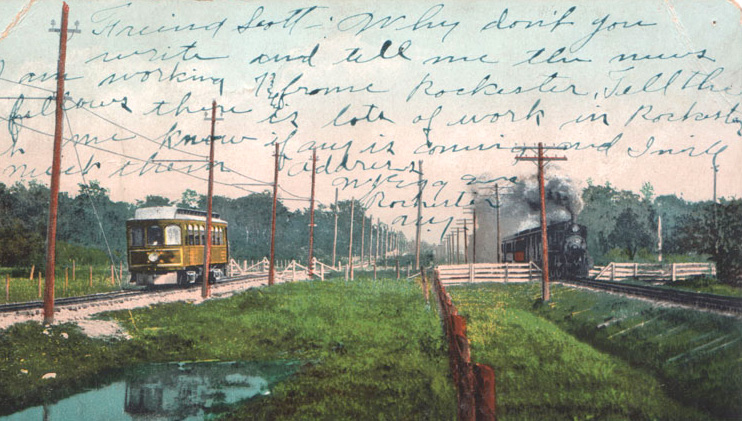
Long before hybrid cars, SUV's, JetBlue, and even Amtrak, travel between American cities occurred largely by rail. With the industrial and technological revolution around the turn of the 20th century, America's interurban railway developed so fast and connected so many of us, it must have seemed like the future had suddenly arrived out of nowhere. So when Henry Ford's Model T was introduced who could have anticipated the turn transportation history would soon take.
If you're interested in understanding the history of rail travel in American (its rise and quick fall), we've got a book for you. One of our readers, Laurence Keefe, recently brought this one to our attention. The following is Larry's review...
"When we were children on summer vacation, the highlight of the day was when Dad got home from work. We would eat dinner at six o'clock, when the news came on the radio. That was because it took him 50 minutes to get from his office near the Four Corners in Rochester, NY to our farm in Victor...
Years later I came across an old timetable for the Rochester & Eastern Rapid Railway, which used to run through Victor into downtown Rochester. It showed that in 1919 you could make that trip in 20 minutes--a shorter time than it takes even today by expressway. It astounded me that we could have ever given up that convenience, and it made me wonder whatever happened to those old interurban railways.
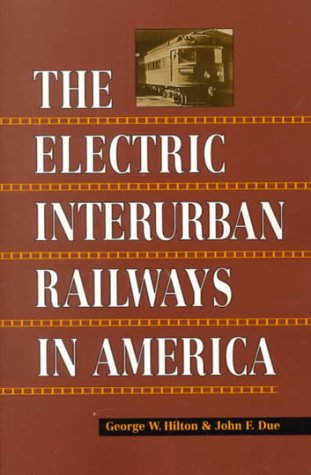
The Electric Interurban Railways in America by George W. Hilton & John F. Due has the answers. No better history of the interurban than this will likely ever be written. Hilton and Due gathered in a single volume all that a serious student of their subject will need to know about the industry. They cover in detail the rise of the interurban in the 1890s and its technology; analyze factors affecting both passenger and freight traffic; describe how government regulation impacted the interurban; trace the finances, both of individual lines and of the industry as a whole; and then tell the sad story of its decline in the '30s and the decision to abandon. The Depression killed what was an ailing industry, one which had never had a high rate of return and which had stopped expanding fifteen years before its final demise started. The second part of the volume includes an invaluable series of short histories of individual lines, grouped by states (arranged by the state in a somewhat arbitrary sequence).
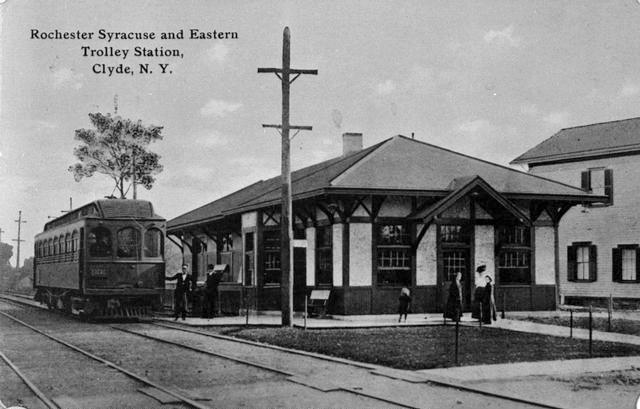
It would be difficult to imagine a more complete and carefully researched history of a single industry, and the authors have the added advantage of a story arc that was essentially complete by the time they finished writing in 1960. That it is recognized as a classic is indicated by the fact that Stanford University chose to reprint it 40 years after the original publication with no amendments. The level of detail is quite astonishing--on a single, densely packed page the authors discuss the various types of gongs and bells used to warn of the interurban's approach, the transition from bolted to cast trucks, design of the trolley pole, and replacement of the trolley wheel with a shoe design. It's an amazing compendium of material, and the writing style is both lucid and interesting.
One outstanding flaw must be noted in what is an otherwise superb book. The story of these authors too neatly follows a prescribed arc that reflects the mindset of the time in which they researched and wrote (the late 1950's). They state their bias in the Preface:
The electric interurban railway played a major but short-lived role in the development of intercity passenger transport. Basically, it provided a transitional step from almost sole reliance upon the steam railroad to an almost equally complete dependence upon the automobile. Offering greater convenience and flexibility for short-distance travel than the railroad, the interurban greatly increased passenger mobility in the areas that it served, but it quickly gave way to the motor vehicle, which offered still greater flexibility.
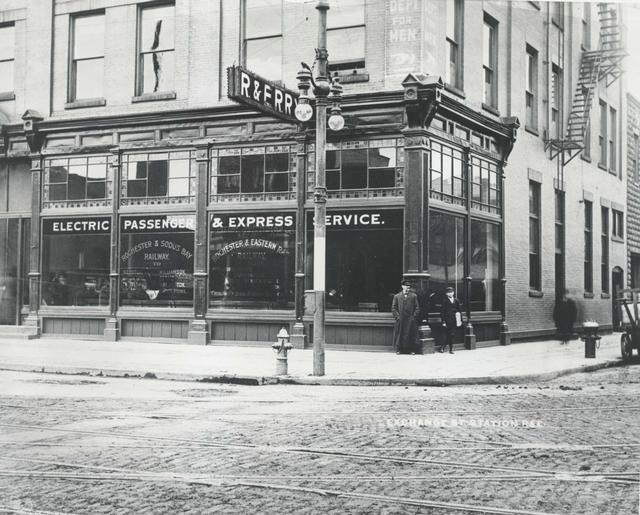
This view--which at the time was the prevailing understanding--ignores one major factor driving the interurbans into decline. Hilton and Due do a detailed analysis of the way in which the switch to automobiles gradually drove down passenger traffic, a decline starting even before World War I. They show how the competition and hostility of railroads and the greater flexibility of truck delivery impeded the interurbans' attempt to capitalize on freight delivery. There was no need for a conspiracy on the part of GM and other auto manufacturers to drive the electric railways out of business.
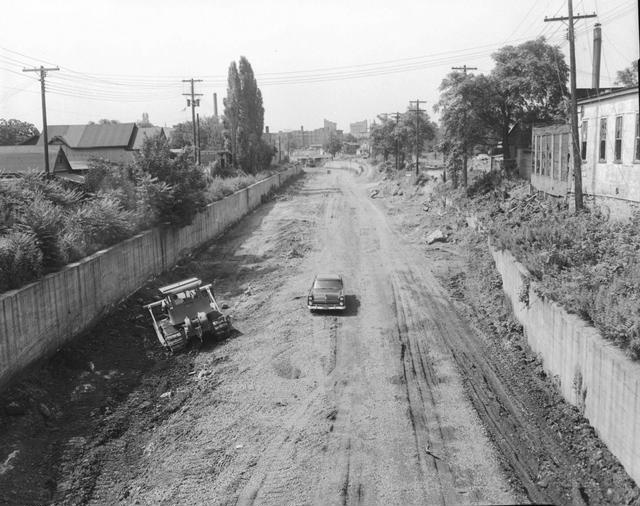
What they do neglect is one substantial advantage enjoyed by the motor vehicle which was within the ability of our society to address. That is the huge cost advantage both automobiles and trucks enjoyed because of the cost subsidy directed toward building roads. Had the interurbans been relieved of the direct cost of acquiring, building, maintaining and updating their rights of way, and had they had the advantage of eminent domain when planning their routes, it's hard to believe that we wouldn't still enjoy the major benefits of local mass transit. Simply the ability to plan the most efficient routes--which superhighway builders have always had--would have given the interurbans a major competitive advantage.
Why road building enjoyed such widespread support for nearly a century is not clear. Certainly there is an ideological bias throughout American society for individual transport; we love the myth of the open road. But as we see the continued cost of truck and auto transport--the traffic jams and wasted time, the pollution, the inefficiency, the dependence on foreign oil, and now our dependence on overseas auto manufacturers--the idea of medium range electric railways becomes more attractive. The old is new once again.
About the Book:
The Electric Interurban Railways in America
Authors: George W. Hilton & John F. Due
Stanford University Press, Stanford, CA.
Original printing 1960. Paperback 2000.
NOTE: For those interested, this book can be found used on Amazon . I paid $8 for a copy in mint condition.


